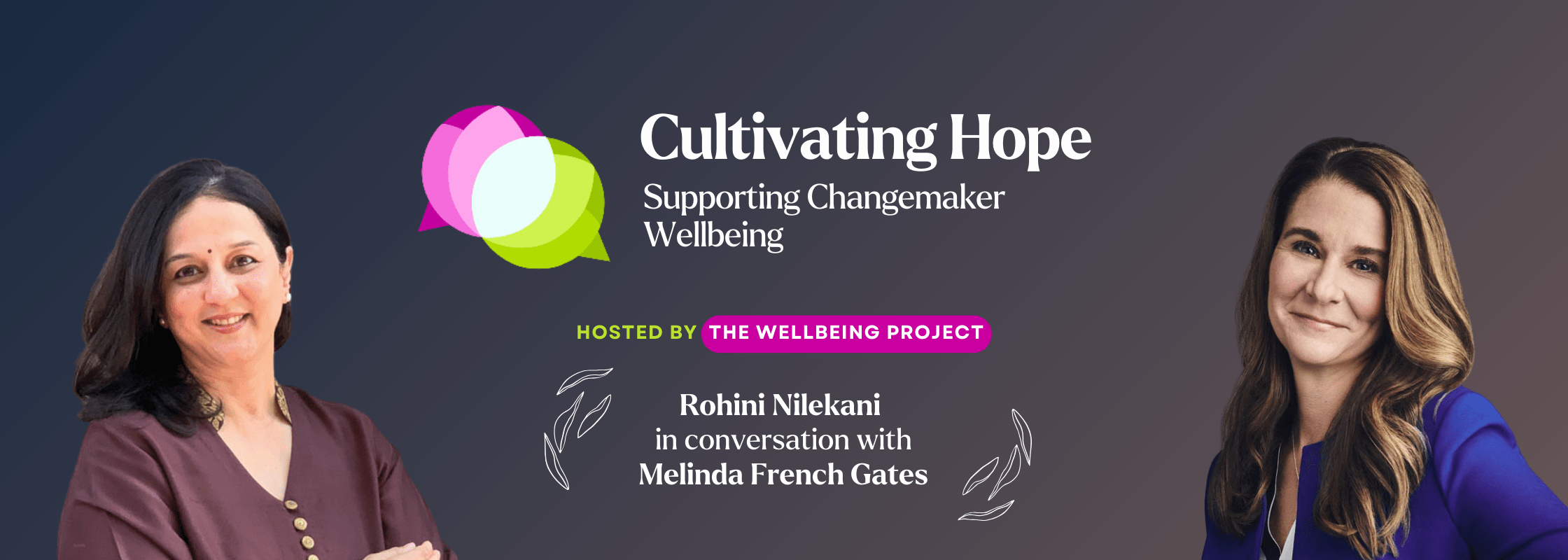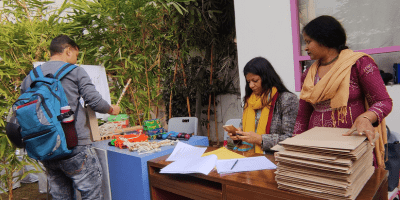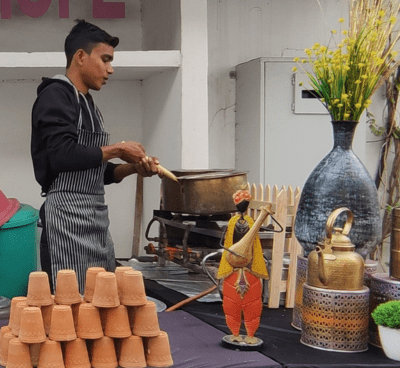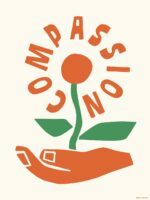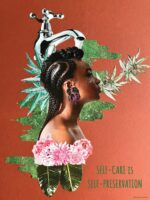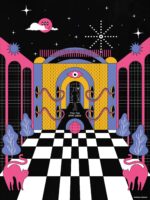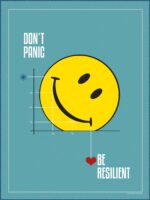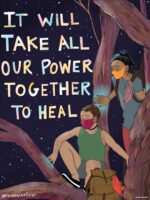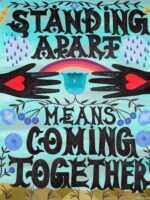Nikhil Chopra is an Indian contemporary artist based in Goa, India. Chopra’s art—a complex amalgam of durational performance, painting, drawing, sculpture, and photography—critically explores issues relating to identity, politics, history, and the body.
Born in Kolkata to a Kashmiri family, after attaining a degree in commerce, Chopra began studying fine arts. After first completing a BFA at The Maharaja Sayajirao University of Baroda in 1999, he moved to the United States to further pursue his studies. He completed an MFA at Ohio State University in 2003.
His often improvised performances dwell on issues such as identity, the role of autobiography, the pose and self-portraiture, and the process of transformation. Many of Chopra’s performances originate in Mumbai, but are often re-imagined in different cities around the world. Although not explicitly politically motivated, Chopra’s performances have at times attracted intervention from authorities, which the artist says points to the ongoing critical capacity of drawing and performance.
At the core of Nikhil Chopra’s art are theatricality and performance. The body becomes a tool and canvas for art. He is best known for durational performances in which he takes on the persona of different characters, inspired by personal familial history and broader national, regional, and colonial histories. The paintings, drawings, and other objects these actions create are a residual component—the object legacy—of the performance.
Chopra’s characters draw upon his sensibilities, influences and upbringing in an upper middle-class urban Indian family descended from land-owning aristocracy, yet they are not faithful toautobiography, taking on a life of their own during the performance.The artist employs carefully conceived costume changes, appearance alterations, sets and props as signifiers of identity, fairly fluid and constantly reinvented. As each performance progresses, rituals of transformation, usually informed by common cultural practices, mark the shifts between personages.
Chopra’s most reprised roles include Sir Raja—a figure loosely inspired by the affluent westernised Indian princes of the British Raj period and the artist’s own instilled upper-class sensibilities—and Yog Raj Chitrakar, who presents as a well-travelled, turn-of-the-century landowner and draughtsman, and is partially inspired the artist’s grandfather.
Nikhil Chopra has performed and exhibited his art before a global audience since the mid-2000s. His art has featured in gallery and institutional shows, art fairs, and other major art events worldwide. In the live performance Lands, Waters, and Skies (2019), the artist worked in the galleries of The Metropolitan Museum of Art for nine consecutive days, adopting various personae and critically engaging with the museum’s collection and its organisational principles.
Chopra co-founded the artist-run residency HH Art Spaces in 2014 with his wife Madhavi Gore—a fellow performance artist—and the French performance artist Romain Loustau.






